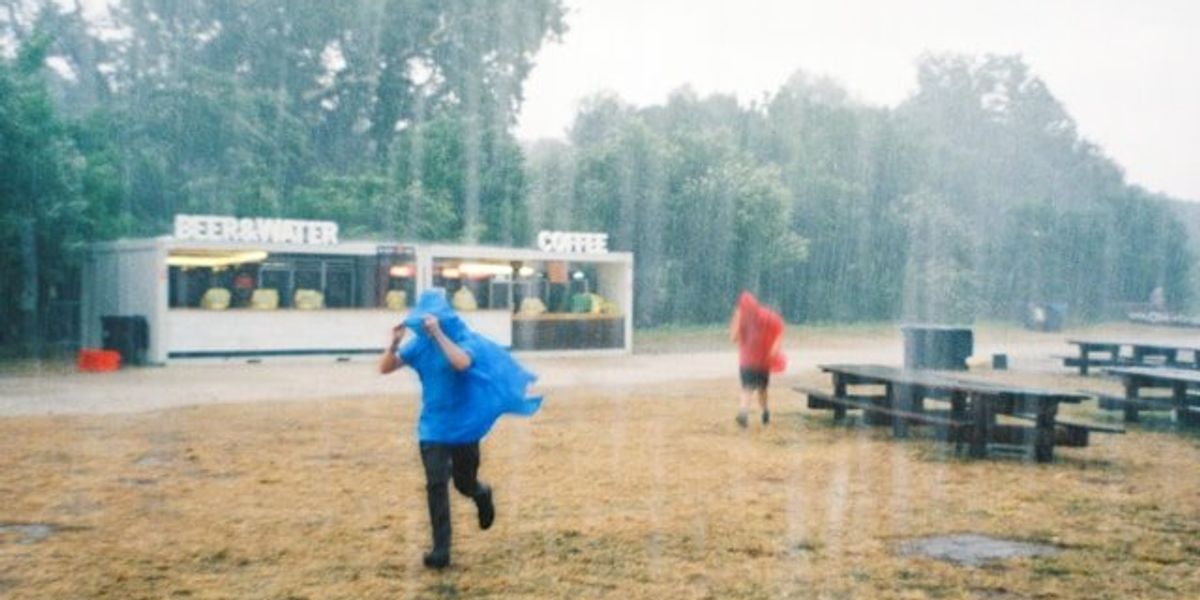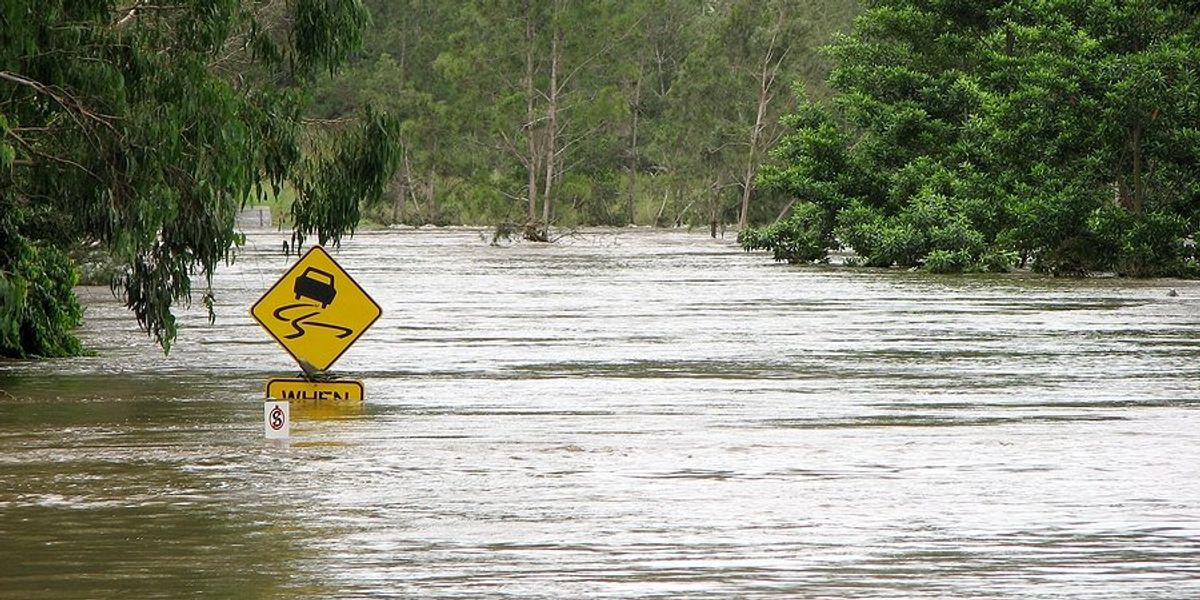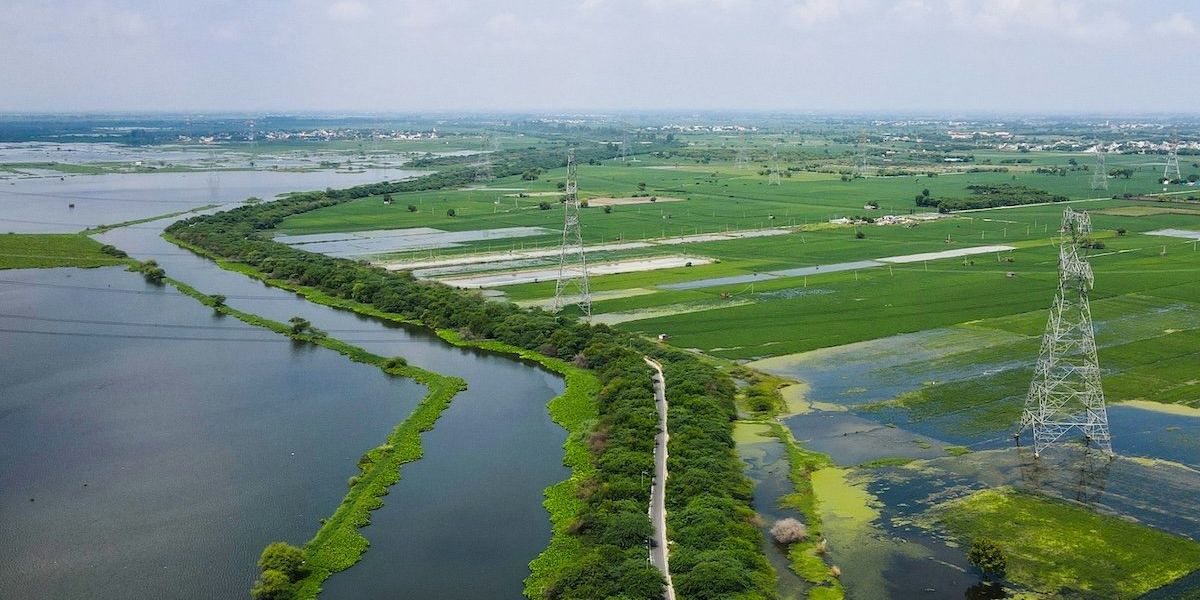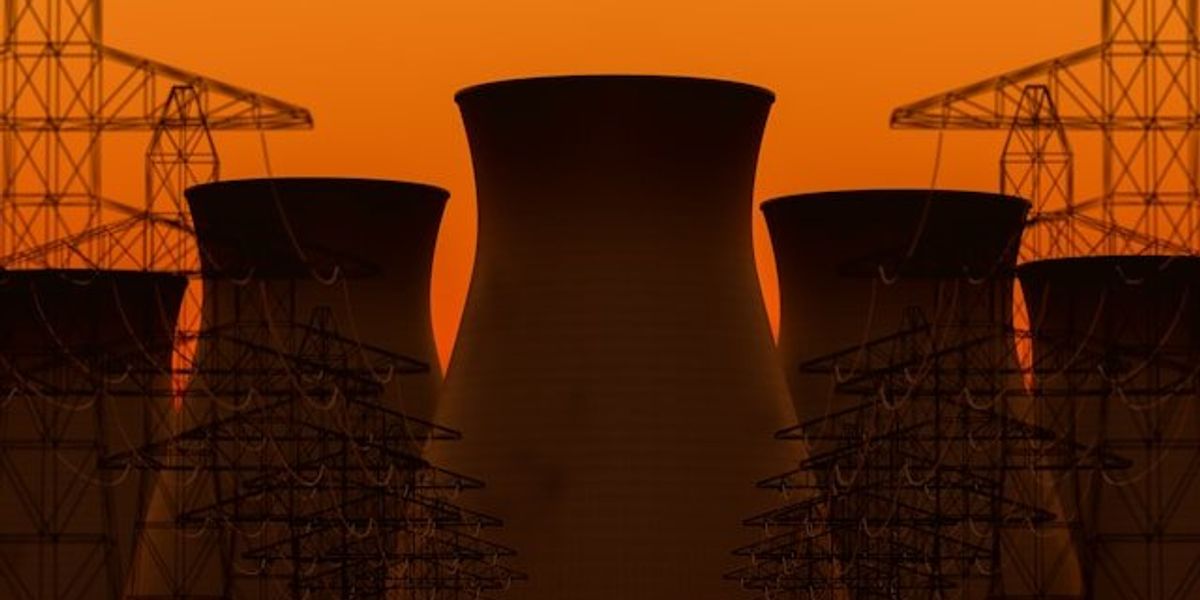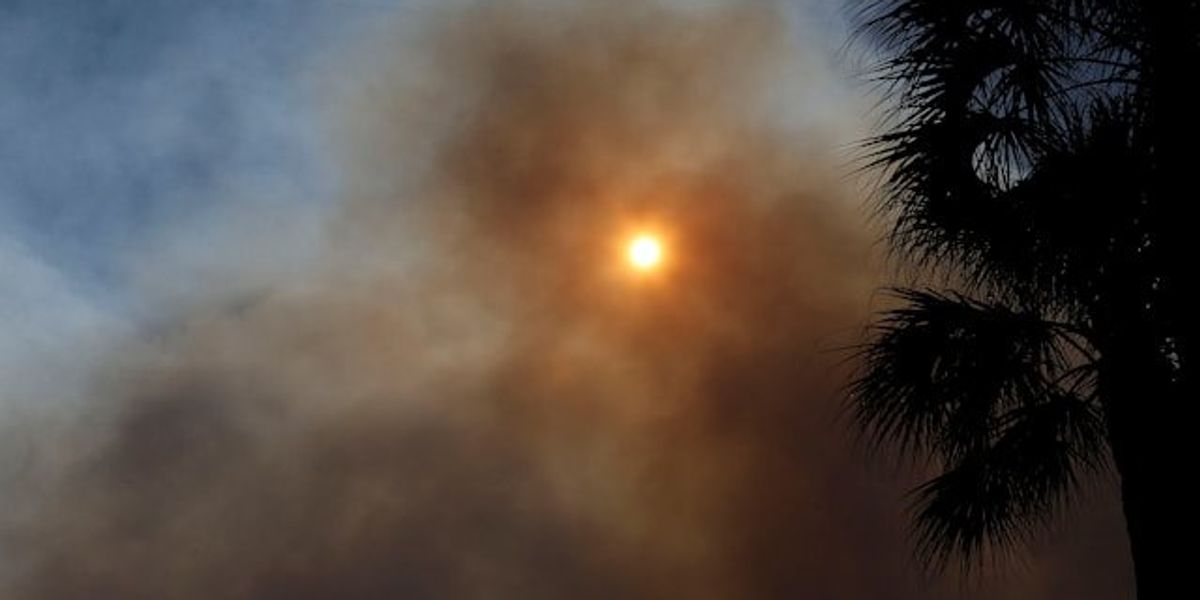
Forest Service chief steps down after mass layoffs shake agency
Forest Service Chief Randy Moore will retire March 3 after a wave of federal layoffs under the Trump administration cut 3,400 jobs, leaving the agency struggling to maintain critical wildfire prevention and land management efforts.
Jordan Wolman reports for POLITICO.
In short:
- Moore, the first African American to lead the Forest Service, announced his retirement following the dismissal of 10% of the agency’s workforce.
- The cuts come as lawmakers warn that reduced staffing and funding freezes will leave Western states vulnerable to worsening wildfires.
- Trump has nominated Idaho investment consultant Michael Boren to oversee the Forest Service, pending Senate confirmation.
Key quote:
“I have been silent these last few weeks because these decisions are being made at a level above our organization, and I was and am learning about the changes the same time as many of you.”
— Randy Moore, U.S. Forest Service chief
Why this matters:
The U.S. Forest Service, responsible for managing 193 million acres of public land, is facing deep staffing cuts at a time when climate change is amplifying wildfire risks. The agency plays a key role in wildfire prevention, conservation, and safeguarding the nation's water supply, but lawmakers worry that workforce reductions will weaken its ability to respond to growing environmental threats.
Across the American West, where hotter, drier conditions have fueled longer and more intense fire seasons, the Forest Service has been at the front lines — clearing brush, conducting controlled burns, and coordinating firefighting efforts. These tasks require trained personnel, and any loss in staff could leave vast forests more vulnerable. Beyond fire risks, the agency also oversees efforts to protect biodiversity and maintain healthy watersheds that supply drinking water to millions.
Related: Forest Service layoffs cut 10% of agency’s workforce

